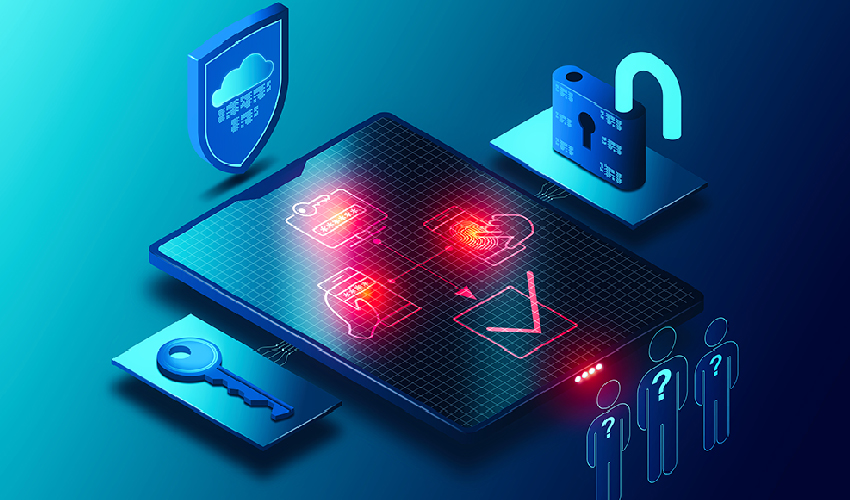Table of Contents
Introduction
User authentication is the process of verifying the identity of an individual trying to access a system or an application. Over the years, this process has witnessed significant advancements to enhance security and user convenience. Let’s embark on a journey through time to understand how user authentication has evolved.
The Early Days of User Authentic

In the early days of computing, user authentication was a rudimentary process. Users often relied on simple usernames and passwords to gain access to systems. However, this method was far from secure, as passwords could be easily guessed or stolen.
Password-Based Authentication
Password-based authentication became the standard for a long time. Users were required to create complex passwords, but the human tendency to use easily guessable passwords remained a challenge. Password breaches became increasingly common.
Two-Factor Authentication (2FA)

To address the weaknesses of passwords, Two-Factor Authentication (2FA) emerged. This method added an extra layer of security by requiring users to provide a second form of verification, such as a one-time code sent to their mobile device.
Biometric Authentication
The integration of biometric authentication, such as fingerprint and facial recognition, marked a significant leap in user authentication. It offered a convenient and highly secure way of verifying identities.
Token-Based Authentication
Token-based authentication introduced the use of tokens, often generated through applications or hardware devices, to grant access. These tokens were difficult for attackers to replicate, enhancing security.
OAuth and Single Sign-On (SSO)
OAuth and Single Sign-On (SSO) simplified user authentication across multiple platforms and applications. Users could access various services with a single set of credentials, improving user experience.
Multi-Factor Authentication (MFA)

Multi-Factor Authentication (MFA) expanded on 2FA by incorporating multiple layers of verification, making it even more challenging for unauthorized access.
Risk-Based Authentication
Risk-Based Authentication analyzed user behavior and contextual information to determine the level of risk associated with a login attempt. It allowed for adaptive security measures based on perceived threats.
Passwordless Authentication

Passwordless authentication methods, such as using biometrics or sending one-time codes via email, aimed to eliminate the need for traditional passwords, reducing the risk of password-related breaches.
Blockchain-Based Authentication
Blockchain technology brought decentralization and immutability to user authentication, ensuring the integrity of identity verification processes.
Future Trends in User Authentication
The future of user authentication holds exciting prospects, with advancements in artificial intelligence, behavioral biometrics, and continuous authentication methods on the horizon.
The Importance of Security in User Authentication

Security remains paramount in user authentication. Developers must continually adapt to emerging threats and employ the latest security measures to protect user data.
Challenges and Vulnerabilities
Despite the progress, challenges and vulnerabilities persist, including social engineering attacks, biometric spoofing, and the need for widespread adoption of advanced authentication methods.
Conclusion
The evolution of user authentication reflects the relentless pursuit of security and convenience in the digital world. As technology continues to evolve, so too will the methods by which we secure our digital identities.
Thanks for reading our post “The Evolution of User Authentication in Web and Mobile App Development”. Please connect with us to know more about The Evolution of User Authentication.

















